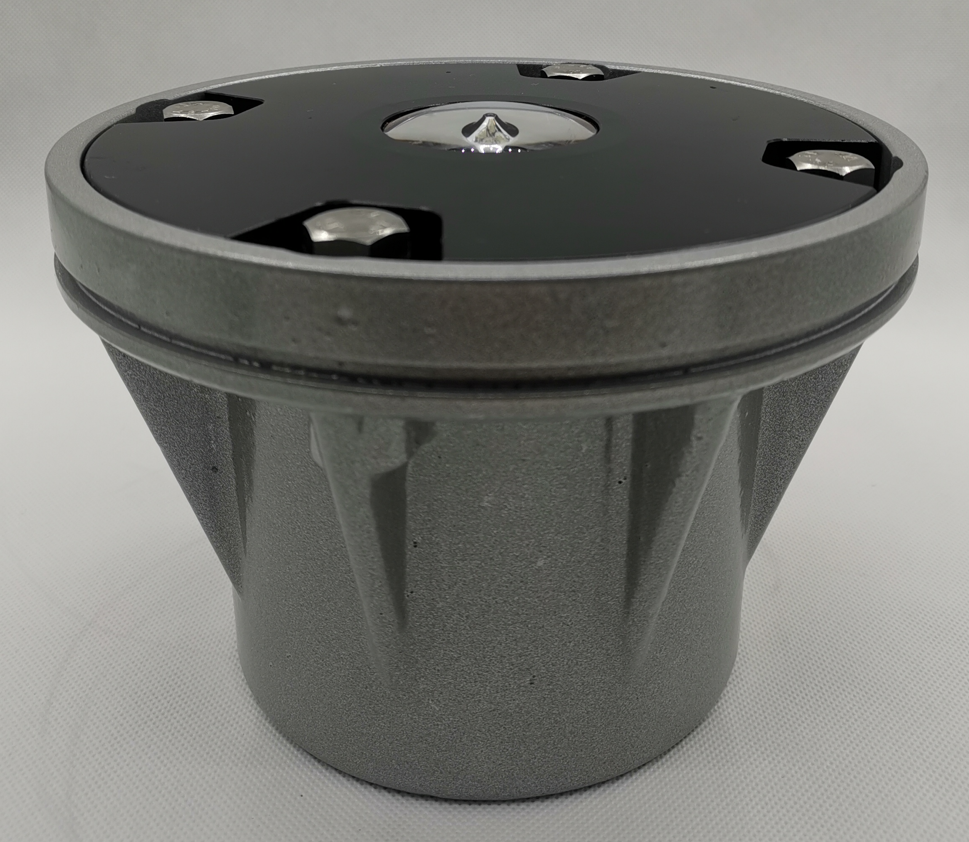Helipad Light Innovations: The Future of Vertical Aviation Safety
Introduction: Lighting the Way for Safe Helicopter Operations
Modern aviation demands precision lighting solutions that ensure safe operations in all conditions. Helipad light systems have evolved from simple illumination tools to sophisticated safety instruments that integrate advanced technologies. This article explores cutting-edge developments in helipad light solutions, their critical applications, and emerging trends shaping the future of helicopter landing zone safety.
Next-Generation Helipad Light Technology
1. Smart Adaptive Lighting Systems
Automatic intensity adjustment based on:
Ambient light conditions
Weather visibility

Approaching aircraft type
Integrated light sensors for real-time responsiveness
Remote monitoring capabilities via IoT connectivity
| helipad light |
2. Solar-Hybrid Power Solutions
Dual-power systems combining:
High-efficiency solar panels
Grid-tie or backup generator connections
| helipad lights |
Battery systems with 72+ hour autonomy
Weather-resistant charging technology
3. Advanced LED Configurations
Multi-color LED arrays for enhanced situational awareness
Directional lighting patterns for improved spatial orientation
Strobe synchronization with aircraft navigation systems
Critical Safety Applications
1. Hospital Emergency Operations
FAA-compliant helipad light configurations for:
24/7 emergency medical services
Critical patient transfers
Disaster response scenarios
2. Offshore Energy Platforms
Specialized helipad light systems featuring:
Saltwater corrosion resistance
Extreme wind load durability
Anti-icing technology
3. Urban Rooftop Installations
Low-profile lighting solutions for:
Building-integrated helipads
Space-constrained environments
Light pollution reduction
Technical Specifications for Modern Systems
1. Photometric Performance
Minimum 10,000 candela intensity
360° horizontal light distribution
Vertical beam spread optimization
2. Durability Standards
IP67 waterproof rating
-40°C to +70°C operational range
50,000+ hour LED lifespan
3. Regulatory Compliance
FAA AC 150/5390-2C standards
ICAO Annex 14 requirements
IALA marine navigation guidelines
Installation and Maintenance Advancements
1. Modular Design Benefits
Quick-connect components for rapid deployment
Tool-free access for maintenance
Scalable configurations
2. Predictive Maintenance Features
Built-in system diagnostics
Automated failure alerts
Remote troubleshooting capabilities
3. Installation Flexibility
Surface-mounted options
Recessed/flush mounting solutions
Temporary rapid-deployment systems
Emerging Technologies in Development
1. LiDAR-Enhanced Systems
Aircraft detection and tracking
Dynamic lighting activation
Collision avoidance integration
2. Augmented Reality Integration
Pilot HUD synchronization
Virtual boundary marking
Approach path visualization
3. Sustainable Materials
Recycled aircraft-grade aluminum
Self-cleaning nano-coatings
Bio-based composite materials
Implementation Case Studies
1. Singapore Urban Air Mobility Project
Networked helipad light systems across 12 rooftop sites
Centralized cloud-based monitoring
100% operational reliability over 18 months
2. North Sea Offshore Wind Farm
Solar-powered helipad light installations
Withstood 120km/h storm conditions
Reduced maintenance visits by 80%
3. Himalayan Mountain Rescue Initiative
Portable helipad light systems
Operation at 5,000m altitude
-30°C temperature performance
Future Outlook and Industry Trends
1. Autonomous Lighting Networks
AI-powered system optimization
Machine learning for predictive adjustments
Integrated air traffic management
2. Advanced Power Solutions
Wireless charging technology
Hydrogen fuel cell integration
Kinetic energy harvesting
3. Global Standardization Efforts
Unified international specifications
Cross-platform compatibility
Cybersecurity protocols
Conclusion: Elevating Aviation Safety Standards
The evolution of helipad light technology represents a critical component in the advancement of vertical aviation infrastructure. These systems have transitioned from passive illumination devices to active safety components that:
Enhance operational reliability
Improve pilot situational awareness
Reduce environmental impact
Lower lifecycle costs
As urban air mobility expands and helicopter operations increase across industries, investment in advanced helipad light solutions becomes not just beneficial but essential for safe, efficient airspace utilization. The future of vertical aviation lighting is bright, intelligent, and increasingly interconnected - illuminating the path toward safer skies worldwide.
